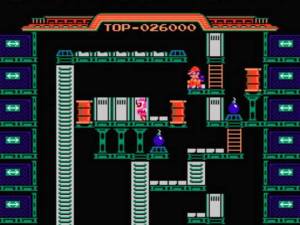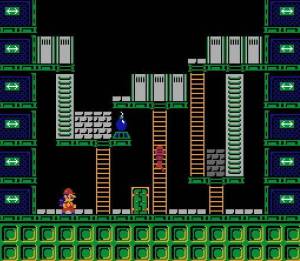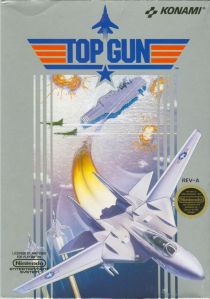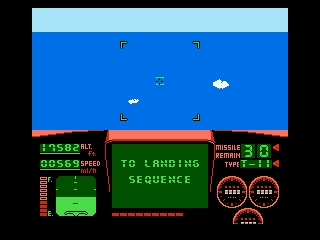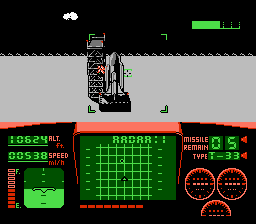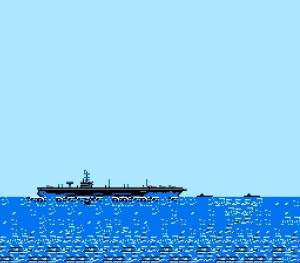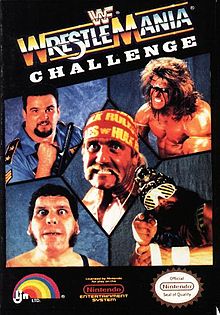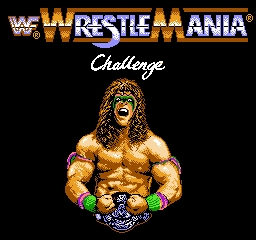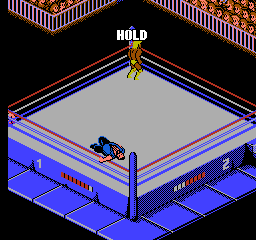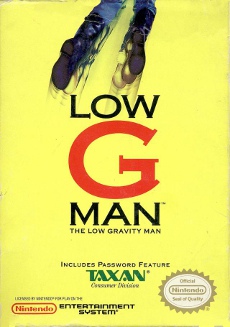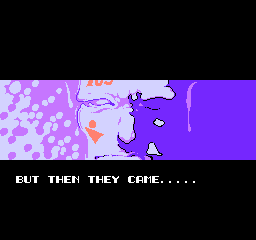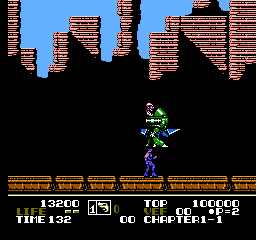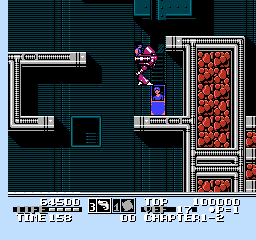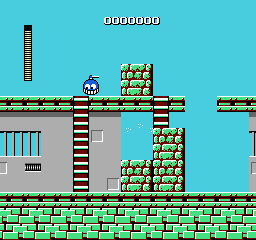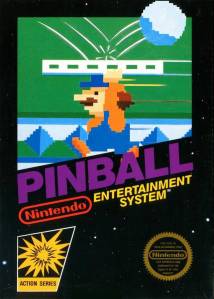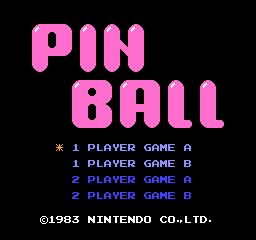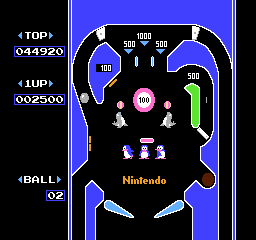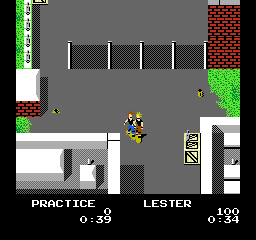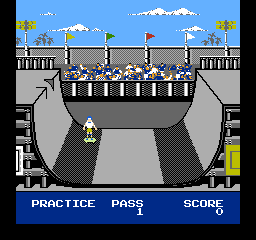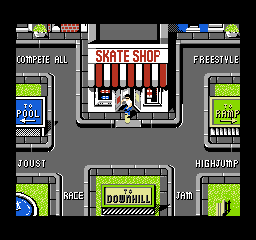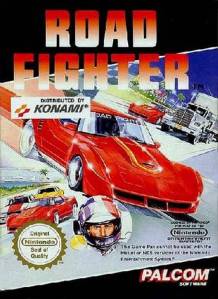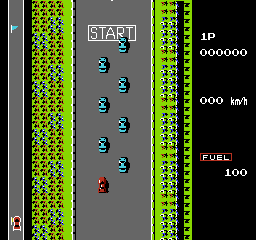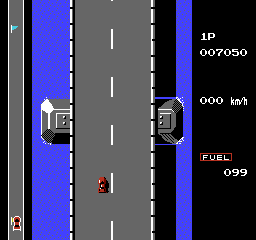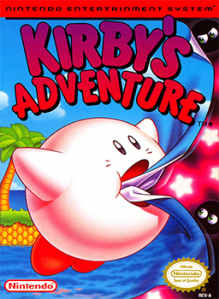
It is often quoted that good things come to those who wait, a sentence most readers may have heard at some point in life, and if not then by typing that phrase into a search engine you get no less than 915 million results. A powerful sentence indeed, and as such with a lot of things in life there will always be exceptions to this rule. However, the game that is being looked at today is one that was released 8 years into the NES system and although may not have been a game people were knowingly waiting for, then by golly (an exquisite phrase seldom used by reviewers these days) did it make an impression. Not many games can have such an effect 8 years after the release of the console, especially one in which the hero comes crashing in on a star and devours all that it sees and has the ability to have 24 differing special abilities. So for today’s review, we are looking at the one and only Kirby’s Adventure.

Kirby’s Adventure is a side-scrolling platform game released on the NES in Europe in September 1993 and the second game in the Kirby franchise, though Kirby’s Adventure was the first foray on the NES. The idea is to complete the stage in a standard classic platforming manner however in this game what sets Kirby apart is the ability to copy the special ability of certain enemies encountered. This can take the form of sword-fighting, lasers, throwing enemies amongst others – 24 in fact that you could encounter across the whole game. As the player, you help Kirby travel across Dream Land to repair the Star Rod after the protagonist King Dedede breaks it apart and gives pieces to his minions. Along the way there are mini games that break up the adventure and assist in providing extra lives and bonus points – who doesn’t like bonus points?

When you boot up the game, rather than either going straight into the main menu like you did with a number of early NES releases, or booting up developer introductions, you’re treated on how to draw Kirby. Yes, if ever you wanted to draw the character you’re playing as, follow along closely kids:
First you draw a circle,
Then you dot the eyes,
Add a great big smile
And presto, it’s Kirby!
As simple as that. Supposedly. Here’s one that was made earlier:

Anyway…at the menu screen you get the choice of three save files akin to Legend of Zelda, so at least friends or family can start a file and not ruin their game with your one. You start off at level 1, Vegetable Valley and proceed through the first door. Upon completing each level which are standard platforming levels that you would recognise from the likes of Mario, more of the level select screen is revealed, revealing more levels to complete and also along the way bonus games to get more lives and even change the special ability you have. Once the majority of the map is revealed, you are set to face the world boss which is not the most difficult but does require some thinking at times and sharp reflexes. After each stage, the player plays a Goal Game where Kirby jumps on a spring platform. The goal is to press the button when the platform is at its lowest-this sends Kirby to the top level and nets a 1up. Otherwise, the player scores points, the higher up you get the more points you get but is dependant on how close the timing is to perfect.

Playing as Kirby in Kirby’s Adventure is not as straight-forward as you think when you first play the game, especially if you have never played a Kirby game before this or played as Kirby in a game such as Smash Bros before. Moving Kirby left and right is easy enough, but then pressing up not only causes Kirby to jump but by holding the up button you can continually float. Beware though, you cannot just float your way through the whole stage as there will be aerial attackers and other nasties trying to hurt you. Pressing the B button does a jump which you cannot then float with, it is a straight forward jump. Button A is how Kirby proceeds to “attack” – he inhales. That’s right, a character who hoovers up his enemies like Yoshi does. What is with these characters who hoover up enemies and dispose of them so callously? Anywho, when the enemy is swallowed, you either press the A button again to spit out the enemy as a star or the ability to copy the special move of the enemy you have inhaled. Not all enemies have special abilities – if this is the case on screen it says “nothing”, but one of the joys is discovering the different abilities you can copy and use to your own advantage. Should you get hurt by an enemy, you lose that ability which shows as a star bouncing about, and have limited time to re-capture it otherwise your back to inhaling enemies. In total there are 24 abilities to copy from different enemies, so have fun finding them!

Kirby’s Adventure is neither the most difficult of games, nor the longest of games. What it does though, throughout the duration of the game is put a big smile on your face and handles like an absolute dream. The NES was known as being a platforming console and there were a lot of games that did the job adequately without putting effort in or make itself unique in the library. Kirby’s Adventure, released a full 8 years after the release of the console took the platforming genre and added it’s own unique spin on it, even when gamers were migrating to 16-bit systems. The levels are sizeable and look varied throughout, something the programmers were able to squeeze well out of the game compared to the early games on the system. It has been argued that the game is one of the best on the NES system and it is hard to disagree with this. The colours look vibrant in each level and the music/sound effects are a joy to listen to throughout with the controls being as tight and responsive as any Mario game on the system. When people think of perfect platforming games, first choice is always Super Mario Bros and with good reason. However, coming a close second would be Kirby’s Adventure – think of Super Mario Brothers but Mario could copy the ability of the enemies he has killed. It adds a unique twist to a tried and tested formula that was warmly welcomed and praised by critics back in the 90’s and even to this day. If you have the Nintendo Switch Online Service you can experience the game there without having to have the original hardware, but if you do own a NES, it is definitely one to have in your library and makes a nice change rather than picking up an Italian plumber to play for the umpteenth time…
Rating – 5 out of 5


